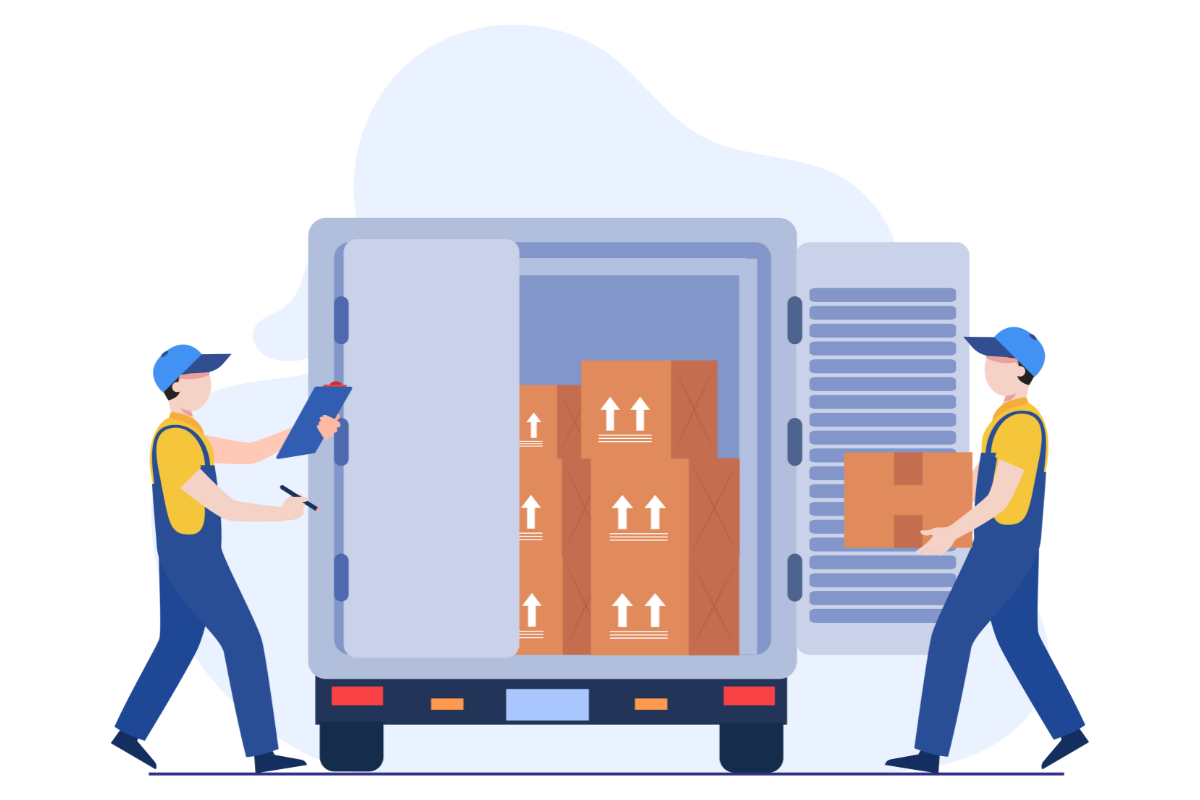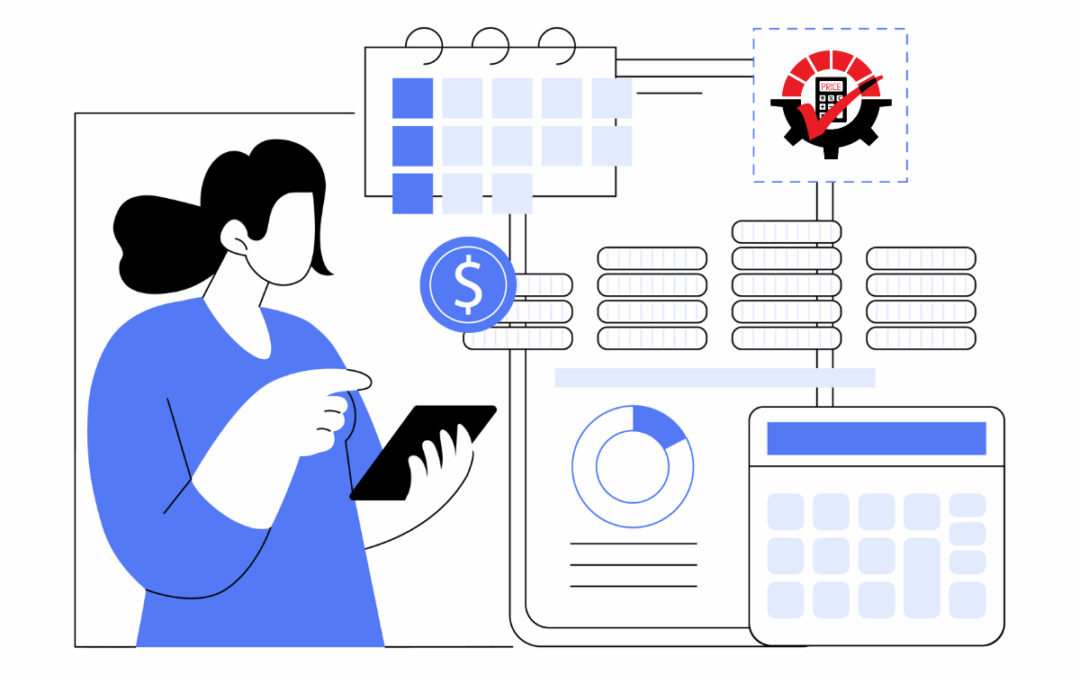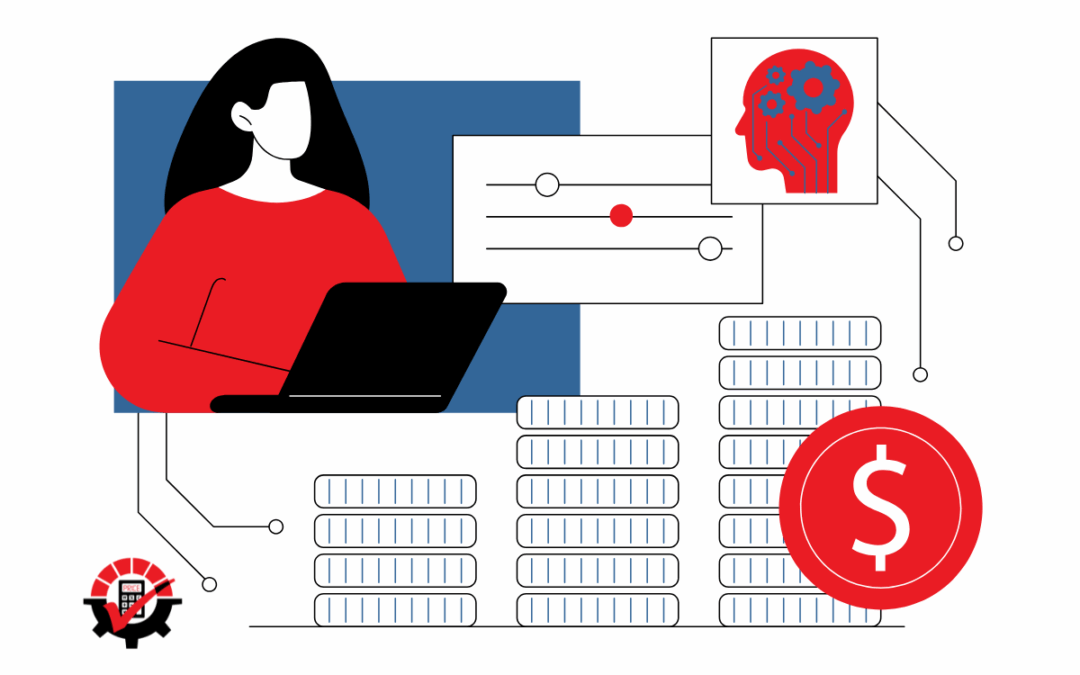In the food distribution supply chain, the goal of pricing and revenue management is to strike the right balance between supply and demand—while maximizing profitability. Traditionally, businesses managed this by adjusting asset availability. But today, the focus has shifted. Revenue management now leans heavily on pricing as the primary lever to align supply with demand. A recent Forbes article outlines key success factors for the future of foodservice distribution. At the top of that list? Technology that enhances pricing, inventory, insights, and order management—critical tools for supporting and scaling sales. This modern, pricing-focused approach to revenue management has proven to be more efficient at driving profit. It’s a strategy that’s delivering results across industries like manufacturing, wholesale, and especially food distribution.
In this blog, we’ll explore how and why your company should adopt this strategy—using food distributors as our guide—and show how Rockton Pricing Management makes every step easier.
Balancing Supply & Demand
Individually, both supply and demand can be adjusted using several different strategies. For supply, this could include changes to your inventory, while demand is usually generated by marketing efforts. Pricing management is the process that ties supply and demand together by focusing on strategies designed to strike a balance between the two. Working with limited supply chain assets, both in terms of capacity and inventory, pricing and revenue management in a supply chain use pricing as the key tool for optimizing profits. For food distributors, margins are extraordinarily tight, making accurate pricing crucial to making any money at all. Food distributors often deal with weekly (sometimes daily) price fluctuations.
Rockton’s add-on pricing engine, Rockton Pricing Management, makes it easy to manage pricing for any number of items with ease, and it will deliver real-time, accurate pricing to your customers.
Increasing the Food Distribution Profit Margin
There are several revenue management strategies to choose from, depending on your industry and business model. You can focus on the timing of your pricing, targeting different customer segments or adjust rates based on product or service availability. Each of these approaches to pricing and revenue management in a supply chain can significantly increase profits. Which one you choose is largely based on the nature of your offering. Perhaps your value proposition is different for different audiences. Or maybe the demand for your products or services spikes during certain seasons. You could even adjust pricing based on individual versus wholesale purchases.
Rockton Pricing Management allows for automated dynamic pricing. Instead of setting up a “price class” for each item or customer, food distributors can set up a price schedules one time and let the pricing tool do all the calculations for them automatically.
Seasonal Pricing & Revenue Management in a Food Distribution Supply Chain
Manufacturers and food distribution companies selling season-specific products rely on revenue management tactics to balance out their supply and demand between peak times and the rest of the year. One winning pricing strategy for optimizing profits in this area is fluctuating between higher prices when demand spikes, and reduced prices in off-peak periods. This way you’re encouraging customers to shift their demand, which in turn allows you to maintain the efficiency of your supply chain. By making this shift as well, you are not stuck with excess inventory at certain times of the year, and you can maintain consistent cash flow for these items.
Rockton Pricing Management has a solution when considering food distributors. With date-driven pricing, you can assign valid date ranges to price lists. This way you will always get the right pricing at the right time, any day and every day.
Not Sure Where to Start?
It does take an all-hands-on-deck approach. All teams need to be on the same page to be able to execute an effective pricing and revenue management strategy, especially for the Food Distribution industry. Rockton Pricing Management helps food and beverage companies manage complex pricing, rebate, and commission structures efficiently, leading to better operational management and financial oversight.
- Take a closer look at Rockton Pricing Management
- Schedule a one-on-one, obligation free demo.
- Pricing manager? Learn about Rockton Pricing Management Implementation.
- Watch a recorded demo with Rockton CEO Mark Rockwell here:







